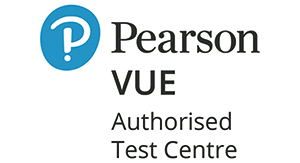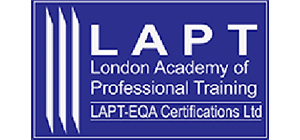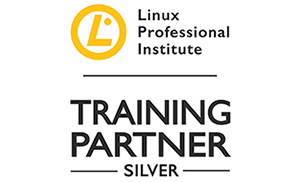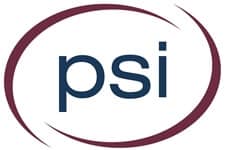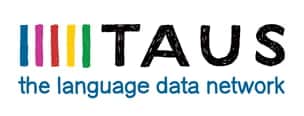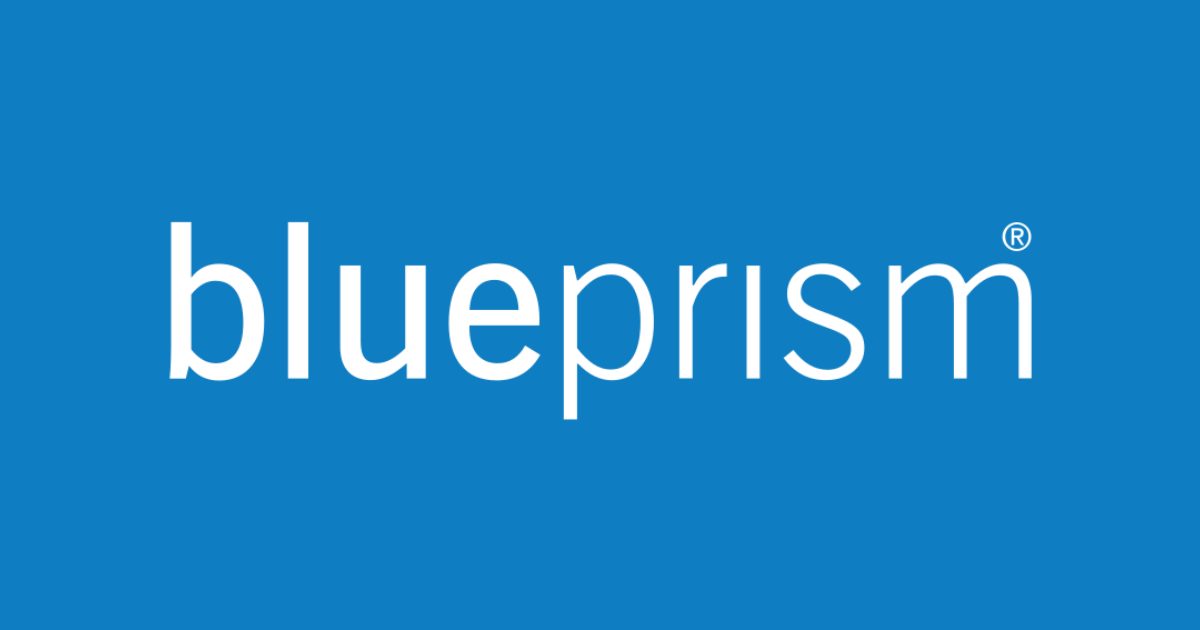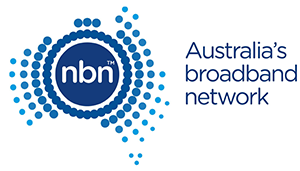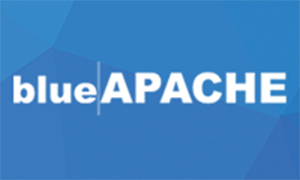F5 101 Application Delivery Fundamental Course
F5 101 Application Delivery Fundamental Training
The F5 101 Application Delivery Fundamental certification training course is the first level of training on F5 required to achieve the F5 Certified! Administrator, BIG-IP status.
All certification courses and paths in F5 begin with the F5 101 Application Delivery Fundamental certification training course.
The Application Delivery Fundamental certification course covers basic knowledge of IT networks e,g, VLANs, configuring routers, switches, network connections, ARP basics and more.
F5 101 Application Delivery Fundamental certification training course covers the management of ADNs, basic F5 products and technologies, client-server networking, network issues, components of TMOS, Logs, HTTP error codes and service port.
Basic understanding of networking, OSI and TCP/IP.
Candidates can achieve this certification by passing the following exam.
- F5 101 Application Delivery Fundamentals
Logitrain F5 101 Application Delivery Fundamentals course material
- Given a set of requirements, configure VLANs
- Determine switch, router, and application
- Connectivity requirements
- Given a set of requirements, assign IP addresses
- State the service that ARP provides
- Establish required routing
- Define ADC application objects
- Identify application and network errors
- Verify Layer 2 mapping (ARP)
- Verify traffic is arriving at a destination
- Verify Layer 1 connectivity
- Determine device upgrade eligibility
- Review basic stats to confirm functionality
- Interpret traffic flow
- Interpret service status
- Interpret system health
- Common uses for ICMP
- Map functionality to OSI model
- Use of TLS/SSL
- The function of a VPN
- High availability (HA) concepts
- Reasons for support services (DNS, NTP, Syslog, SNMP)
This course is likely to add to the employment-related skills of the participants. The skills developed are likely to be used in the course of being an employee or working in a business.
- Network Engineers
- Cybersecurity Engineers
- F5 Engineers
- Network Administrators
- IT professionals interested in F5 certifications
- Assign a numeric tag to the VLAN if required
- Determine appropriate layer three addressing for VLAN Specify if VLAN is tagged or untagged
- Explain the function and purpose of a router, of a firewall and of a switch Interpret network diagrams
- Interpret address and subnet relationships
- Understand public/private, multicast addressing, and broadcast
- Explain the function and purpose of NAT and of DHCP
- Determine valid address IPv6
- Identify a valid MAC address
- Define ARP and explain what it does
- State the purpose of a default gateway
- Explain why a route is needed
- Explain network hops
- Given a destination IP address and current routing table, identify a route to be used
- Define load balancing including intelligent load balancing and server selection
- Explain the features of an application delivery controller
- Explain the benefits of an application delivery controller
- Identify general meanings of HTTP error codes
- Identify possible reasons and methods for a connection termination
- Identify possible causes for failure to establish a connection
- Explain one-to-one mapping of MAC to IP
- Given a network diagram or ARP command output, determine if ARP resolution was successful
- Given the ARP command output, determine if ARP resolution was successful
- Explain the purpose of MAC masquerading
- Explain how to acquire packet captures
- View a packet capture and identify source and destination
- Interpret statistics to show traffic flow
- Given an exhibit of the front ethernet panel, explain why there is an imbalance in the link use
- Interpret if config output (interface bandwidth)
- Explain potential L1 failure modes (duplex settings, cable out of specification)
- Interpret traffic object statistics
- Interpret network configuration statistics
- Determine when to upgrade software
- Determine when to upgrade platform
- Determine steps to minimize upgrade downtime
- Explain application client-server communication
- Interpret traffic graphs (Interpret SNMP results)
- Compare active vs inactive ADC elements
- Infer services for given netstat output
- Determine whether a service is listening on a given port based on netstat output
- Generate a Qkview and upload to iHealth
- Review logs
- Ensure efficacy of maintenance tasks (alert endpoints, verify backups)
- Review system vitals (disk space, CPU load, memory, bandwidth)
- Explain the purpose of an IP TTL
- Explain the purpose of ICMP echo request/reply
- Explain reasons for ICMP unreachable
- Identify the layer for a MAC address
- Identify the layer for a UDP/TCP port
- Identify the layer for an IP address
- Identify the layer for applications
- Explain the purpose of TLS/SSL certificates (self-signed vs CA-signed)
- Explain the rationale for using TLS/SSL
- Explain the rationale for using VPN (privacy, encryption, anonymity)
- Identify valid uses for VPN
- Explain methods of providing HA integrity
- Explain methods of providing HA
- Explain the advantages of HA
- Explain the purpose of DNS
- Given a list of tools, select the appropriate tool to confirm DNS resolution is successful for a hostname
- Explain what Syslog is
- Explain the purpose of NTP
- Explain SNMP as it pertains to ADC element monitoring

Get a Certificate of Attendance to prove your commitment to learning

We provide personalised learning experience for every student

Course material in digital format is included for flexibility and ease of use

Mock test is included in the full-time courses to assist with your preparation

Our trainers are highly skilled with expertise and extensive hands-on experience

Relax, we will beat competitor’s advertised price in Australia. Our course has no extra costs
| Location | Type | Duration | Price | Dates | |
|---|---|---|---|---|---|
| Location | Type | Duration | Price | Dates |
The supply of this course/package/program is governed by our terms and conditions. Please read them carefully before enrolling, as enrolment is conditional on acceptance of these terms and conditions. Proposed dates are given, courses run subject to availability and minimum registrations.
Find out why we are the leading choice to help boost your career in Australia
| Approachable and knowledgeable; comfortable surroundings. Logitrain does make IT training easier |
I recently followed the ITIL Foundation course at Logitrain. The training, materials and facilities were excellent and I would not hesitate to train with Logitrain again.
Thanks for a great week! Really enjoyed and feel I picked up a lot. Great Trainer! Will definitely look at further studies here.
Well-presented and able to convey immense knowledge to class. All queries were responded to promptly.
Excellent teaching method, easy to understand.
Logitrain provided a valuable insight into ITIL and enabled me to excel and advance my knowledge through a simple and well organised series of sessions.
Great place to study for certification, knowledgeable persons, excellent customer service. Ready to answer queries on the spot, very helpful.
The trainer was very patient and gave everybody the opportunity to participate.
The trainer explained everything very well. Logitrain was very helpful for me in getting a better overall understanding of CCNA. I previously had studied it 2 years earlier but required revision
Over 1000 organisations have relied on Logitrain to be their trusted training partner.

Don’t Wait. Please fill the form now.






